Wild cats are fascinating creatures, often associated with their prowess on the ground, whether it’s stalking prey or lounging in the sun. However, climbing is an equally vital skill for many wild cat species, assisting in prey capture, territorial surveillance, and predator avoidance. This article explores five wild cat species that excel in climbing, emphasizing the adaptability and fascinating behaviors of these elusive animals.
Cheetah
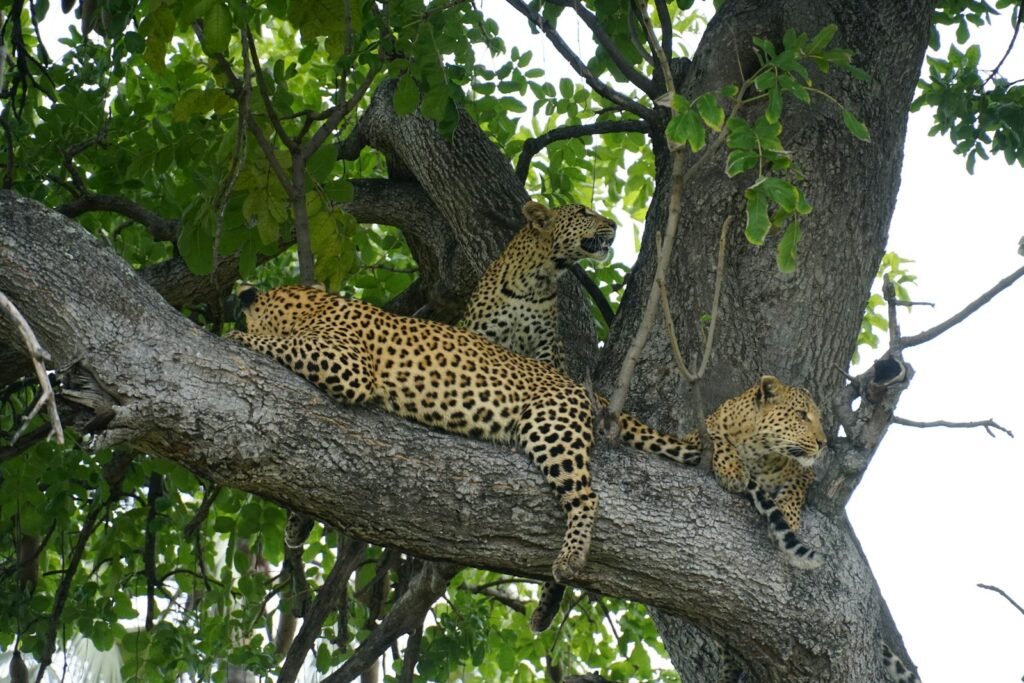
Cheetahs are best known for their speed, being the fastest land animals on Earth. However, they’re surprisingly adept climbers as well. Although they are not as robust climbers as leopards or jaguars, cheetahs use their climbing ability to spot prey from elevated vantage points. They often climb trees with a gentle incline or small hills to get a better view of their surroundings, using this strategic advantage to plan their speedy chases. Their semi-retractable claws provide the necessary grip for these climbing endeavors.
Leopard
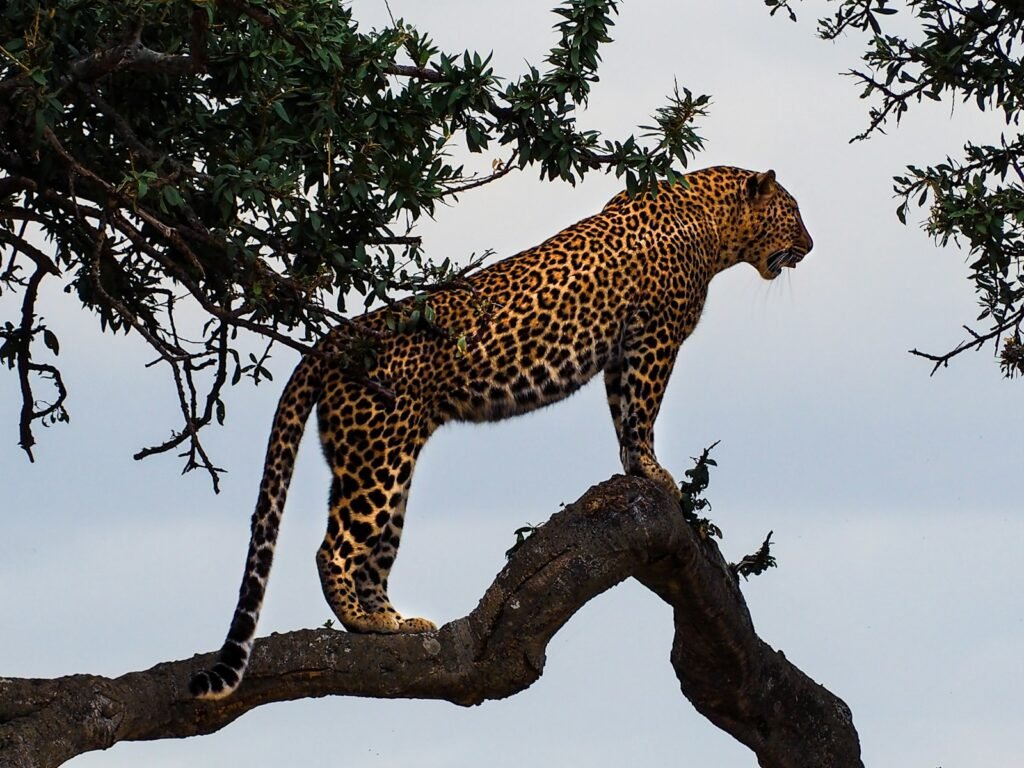
Leopards are perhaps the most versatile of the big cats when it comes to climbing. Strong and agile, leopards frequently carry their prey up into the trees to keep it safe from scavengers such as hyenas. Their powerful limbs and strong claws enable them to effortlessly ascend vertical trunks, and they have been seen resting on tree branches for safety and comfort. The leopard’s climbing ability is a key part of its hunting strategy, allowing it to ambush prey from above.
Jaguar
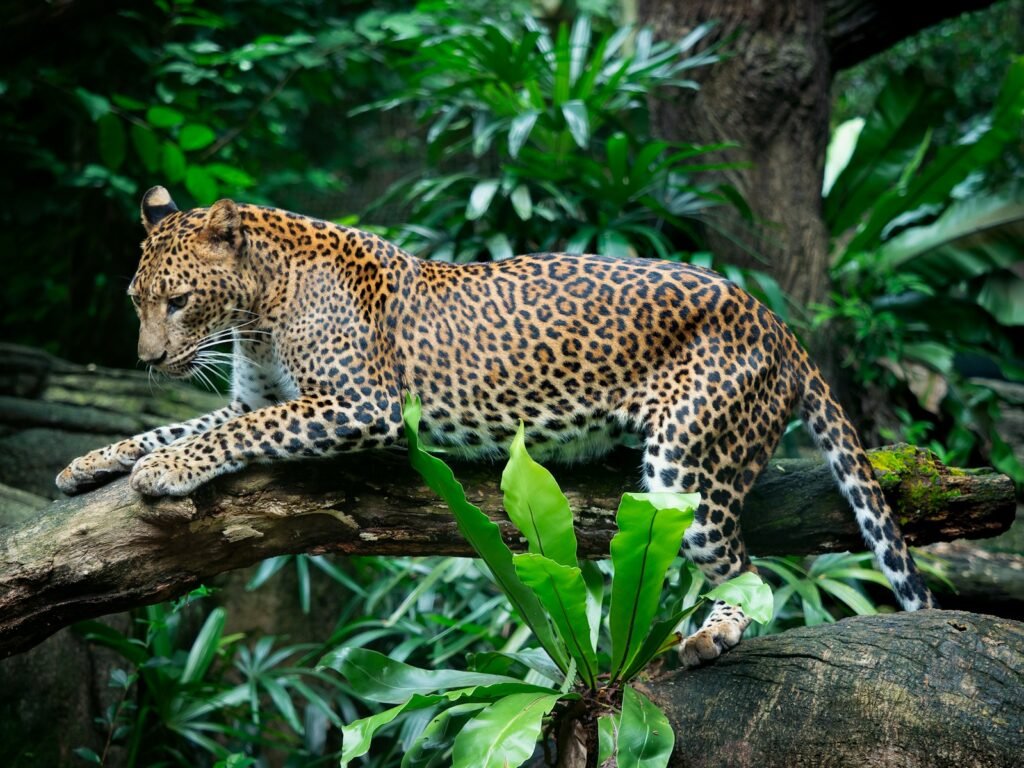
Jaguars, native to the Americas, are not only powerful swimmers but also adept climbers. They have a robust build that aids them in climbing trees in their rain forest habitat. Jaguars use this skill to ambush prey from above or to reach areas inaccessible to most predators. Their strong jaws and ample neck muscles help them to drag their kills up into trees, a behavior that signifies their status as apex predators. Climbing also allows them to survey their lush, green territories from an elevated perspective.
Snow Leopard
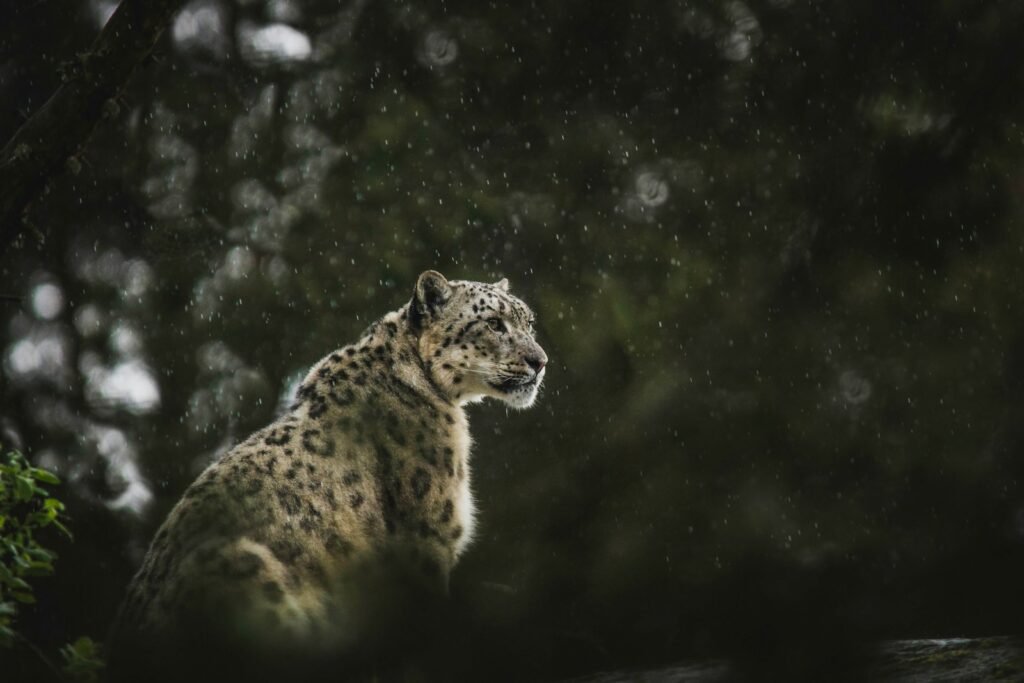
The elusive snow leopard, found in the mountain ranges of Central and South Asia, is a master of high-altitude climbing. Adapted for cold, rugged landscapes, the snow leopard’s large paws function like natural snowshoes, giving them balance on rocky cliffs. Their long, thick tails aid in maintaining balance while climbing steep surfaces. This cat’s superior climbing skills enable it to navigate its harsh environment, making it an efficient hunter of mountainous prey such as the ibex and blue sheep.
Clouded Leopard
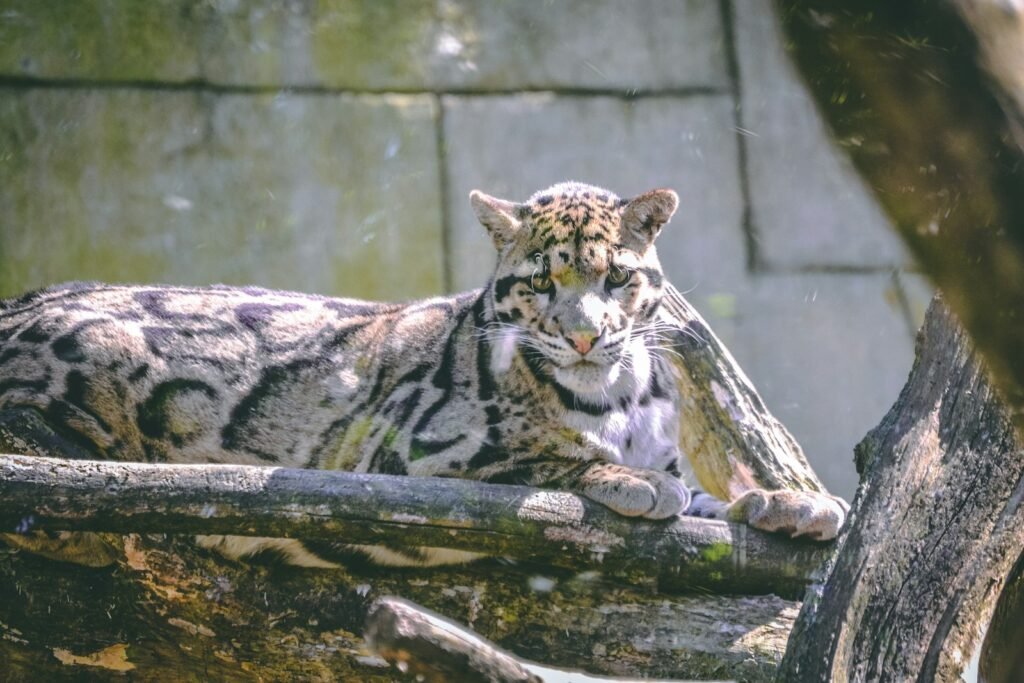
Named for its cloud-like spots, the clouded leopard is an arboreal specialist found in the tropical forests of Southeast Asia. This small to medium-sized cat excels in climbing, thanks to its powerful limbs and rotating rear ankle joints, which provide exceptional agility and balance. Able to descend trees headfirst and hang upside down beneath branches, the clouded leopard’s climbing prowess is unrivaled among wild cats. This adaptation allows them to hunt and escape predators with ease in their densely forested habitats.
Each wild cat species exhibits unique adaptations that enhance their climbing abilities, reflecting the incredible diversity and versatility within the feline family. From the fast-paced cheetah to the arboreal clouded leopard, these cats showcase nature’s ingenuity in adapting to various ecological niches. Their climbing skills serve as critical tools for hunting, protection, and survival, underscoring their role as formidable predators in their respective environments. Understanding these adaptations not only provides insight into their beauty but also highlights the importance of conserving their habitats for future generations to appreciate and study.

Growing up traveling and experiencing new cultures and wonders, I have had a passion for nature, adventuring, photography, and videography. I am currently working towards a BSc in Biodiversity and Ecology at Stellenbosch University, and I hope to specialise in Marine Sciences one day.
Please send any feedback to Feedback@animalsaroundtheglobe.com






